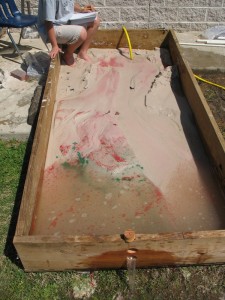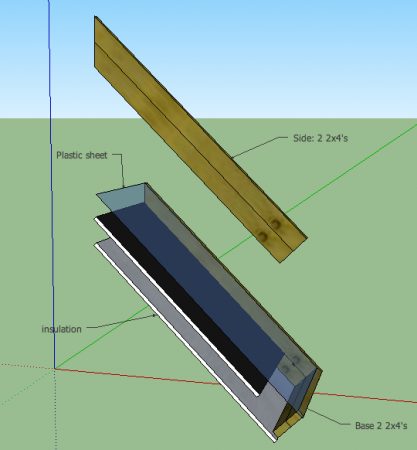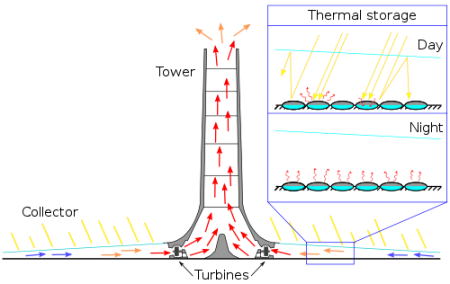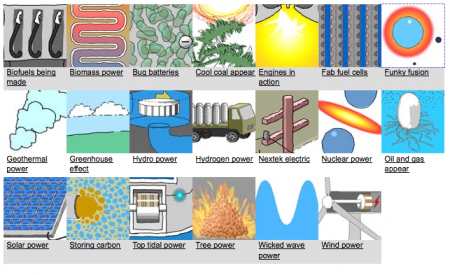
The sandbox was built to be a wave tank so we could look at interference patterns and wave properties. But if you tilt it a little, and put in a few holes on the lower end, you can get sandbox to look at the formation of streams, deltas and the sedimentary layering that traps oil and natural gas.
Using the holes at the bottom end the students started with a low “sea-level”, raised it and lowered it. At the end of the run, they drained all the water and sliced the tank to see the depositional layers in cross-section.
We added red and green sand to try to make marker beds before each change in base level. The marker beds worked reasonably well, but it would have been better to have sand with different densities that could be sorted by the stream flow and depositional environment. It also helps to get the colored sand wet, to make a slurry, otherwise the grains will float on the water.
The shifting lobes of the delta showed up very well (see the animation) and some nice river features showed up as well. What I want to do sometime is to have students build coastlines and have waves erode them away creating typical coastal features.
My students were even able to demonstrate the tank for their presentation, because it really only takes half an hour to get all the features if you know what you’re aiming for.
Sources
The exercise these results are based on is posted as The Geology of Oil Traps Activity.






